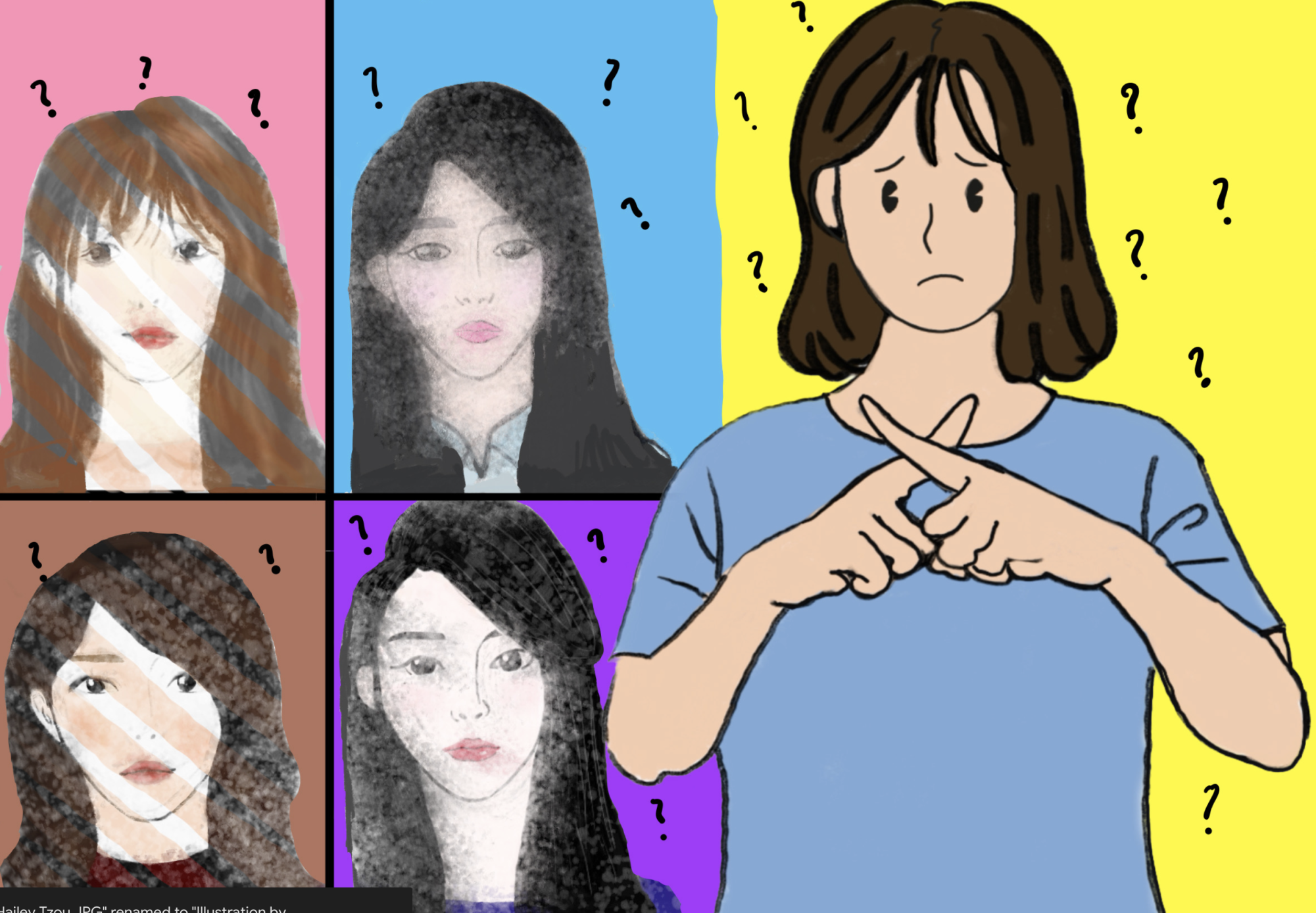
Personal color dominates the beauty industry in Korea. Over the years, the concept developed based on pre-existent postulates such as Michael Eugène Chevreul’s contrast effect. Though no scientific evidence supports the research, Koreans use personal color as the basis of judgments on fashion and cosmetic products under a color sorting system called the PCCS.
“Get it Beauty,” a Korean TV program aired in 2011, first introduced the system to the public. However, it never gained traction until 2019 when it evolved to eat up the whole fashion scene. The groundwork of the trend relies on the idea of cool and warm tones, and it divides individuals into four different seasonal subtypes of spring, summer, autumn, and winter.

Warm tones refer to yellow tints that give off sunny vibes, while chic-vibed cool tones portray pink or blue. Warm tones have subcategories of spring and autumn, which differ in brightness and shade. Lighter colors compose spring, while autumn has a dark and earthy palette. Cool tones have the sub-categories of summer and winter. Delicate bluish colors fill summer, while winter has a darker and more prominent tinge to them. If you go deeper into this topic, there are even more subtypes within these classifications, but the trend mainly covers up to here.

Many critics dismiss this concept due to the lack of scientific evidence. Even experts advise people not to obsess over personal color when it comes to fashion and makeup, because it limits individuals’ freedom to express themselves and try out new products. The palettes mean to provide advice, not regulations. In fact, a person may receive different results based on where they got tested. Various influences can affect them – the lighting of the room, perspective, and much more.
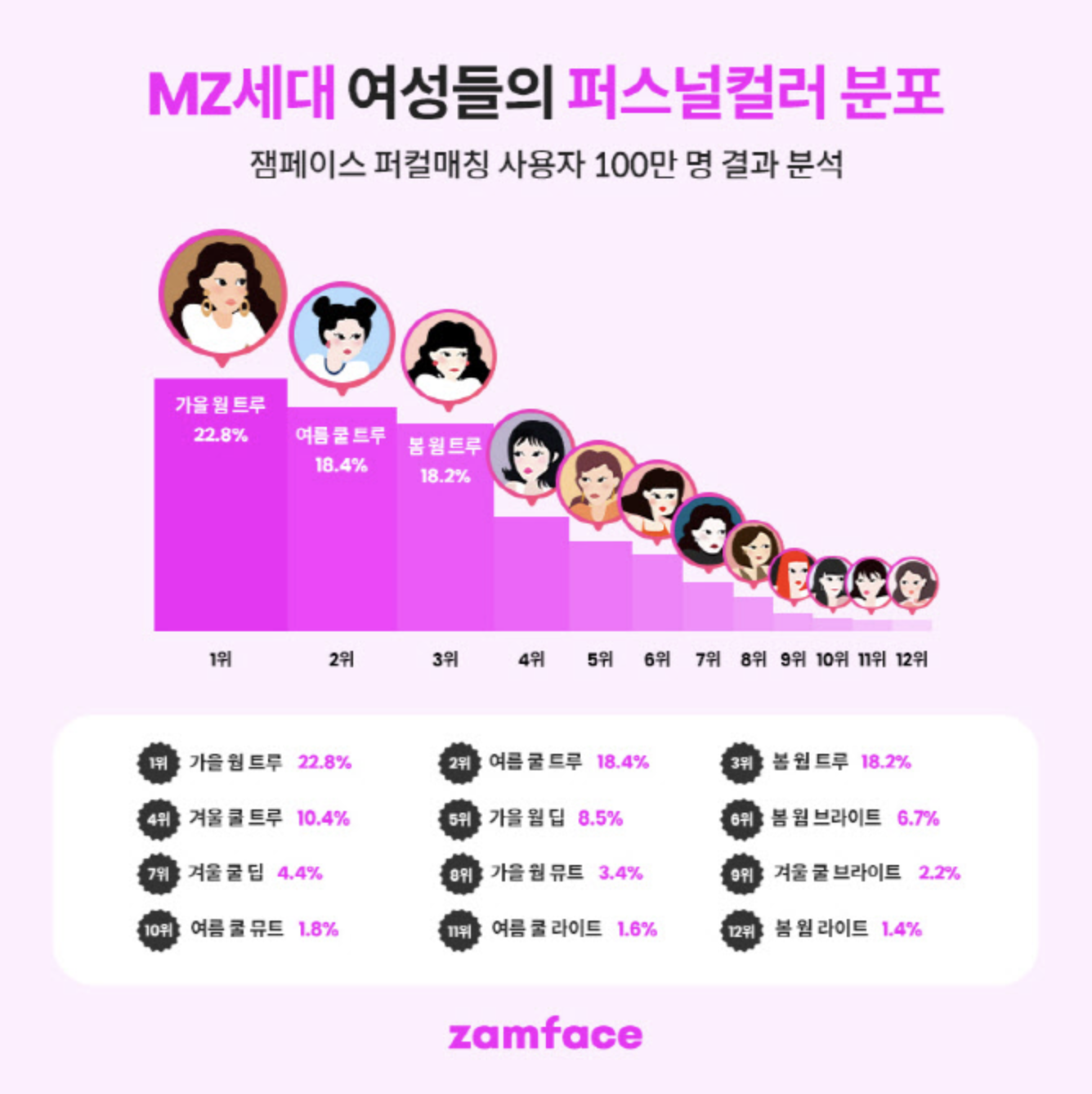
According to those who firmly believe in the results, however, the analysis often leads to an improved fashion sense and make-up, or at least, guides people in the correct direction. Korean speed skating athlete Kwak-yoon-gy, for instance, appeared extremely different based on his hair color and the hue of the background. People voiced out that he looks more natural with a bright pink background compared to neon and yellow, which emphasizes the impact palette brings.
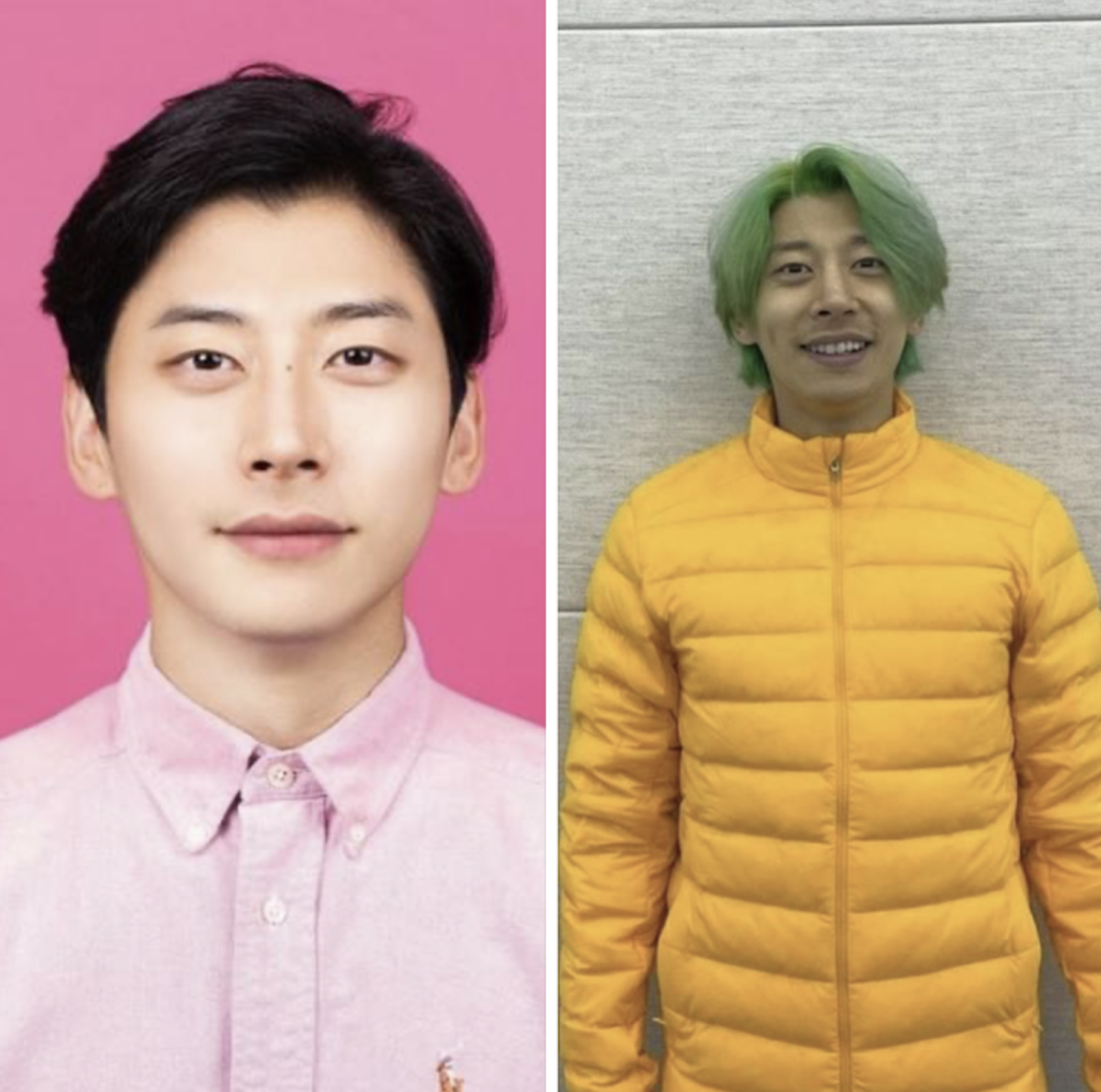
The problem arises, however, when the difference in skin tones creates controversies concerning colorism. The Korean beauty standard states that people should have rosy, clear skin, and this stacks up odds against those who fill their color palette with shades of yellows and browns. This causes netizens to accuse people who claim to be winter or summer of the “cool-tone wannabe syndrome” (쿨톤병). When influencers such as Im Ji-yun (임찌) with tanned skin claimed to have cool undertones, haters went berserk. In fact, they condemned her to the point she had to change her makeup and clothes because of all the backlash she faced. Even when YouTubers and TikTokers present evidence from official personal color tests to prove their categories, viewers continue to claim otherwise and look down upon them. What an irony, that when influencers assert that they have warm skin tones, no one raises their voice.
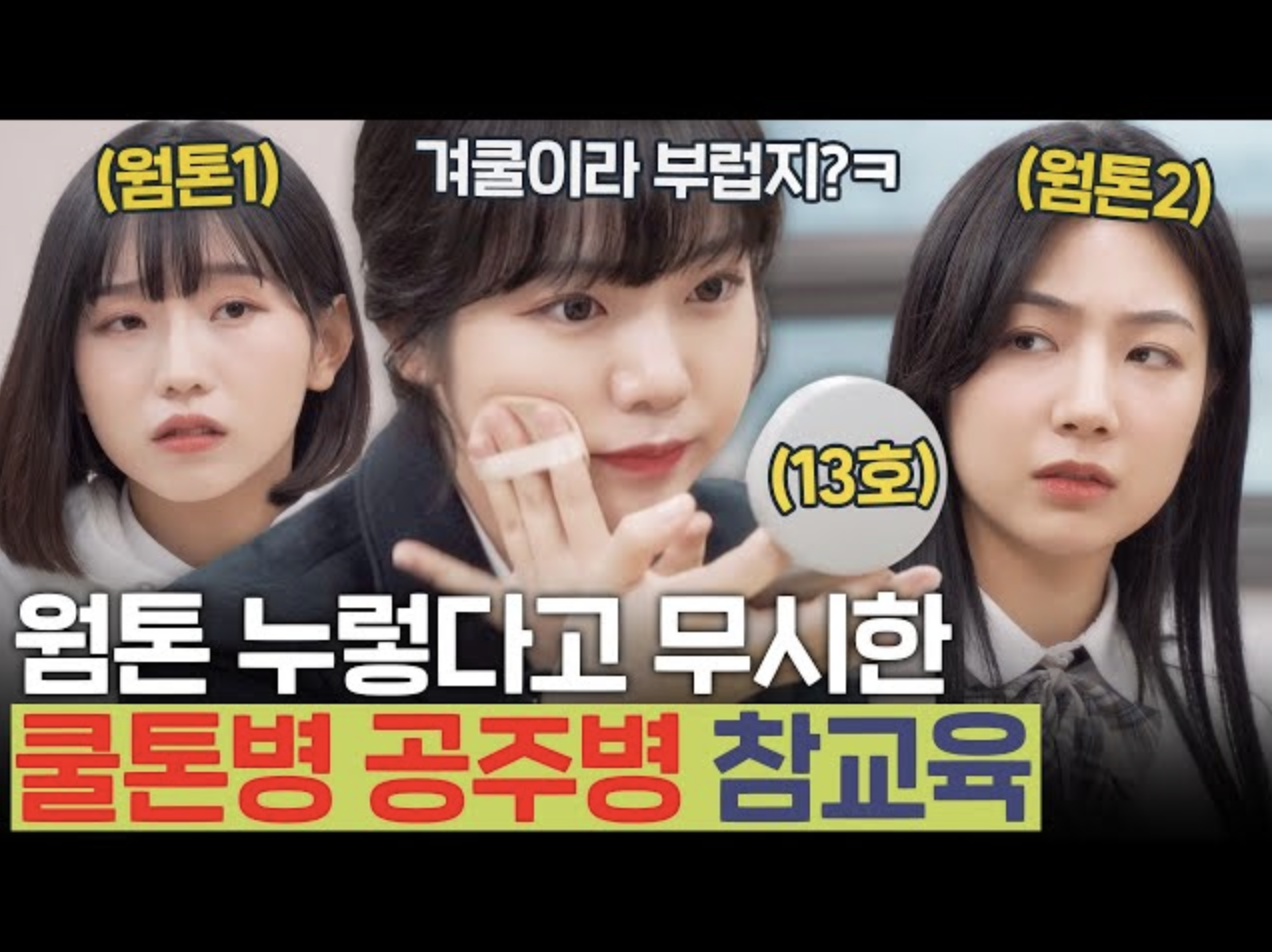
Like the wave MBTI brought to Korea, personal color swept people away into an unintended hierarchy. The trend began with the purpose to guide people in fashion and cosmetics, but nowadays, Koreans obsess over it and taint it with their own biases. These fanatics hate on people with autumn warm tones with the gusto they bashed INFPs with during the MBTI boom. We should embrace all sets, but we tend to prefer one over the other.
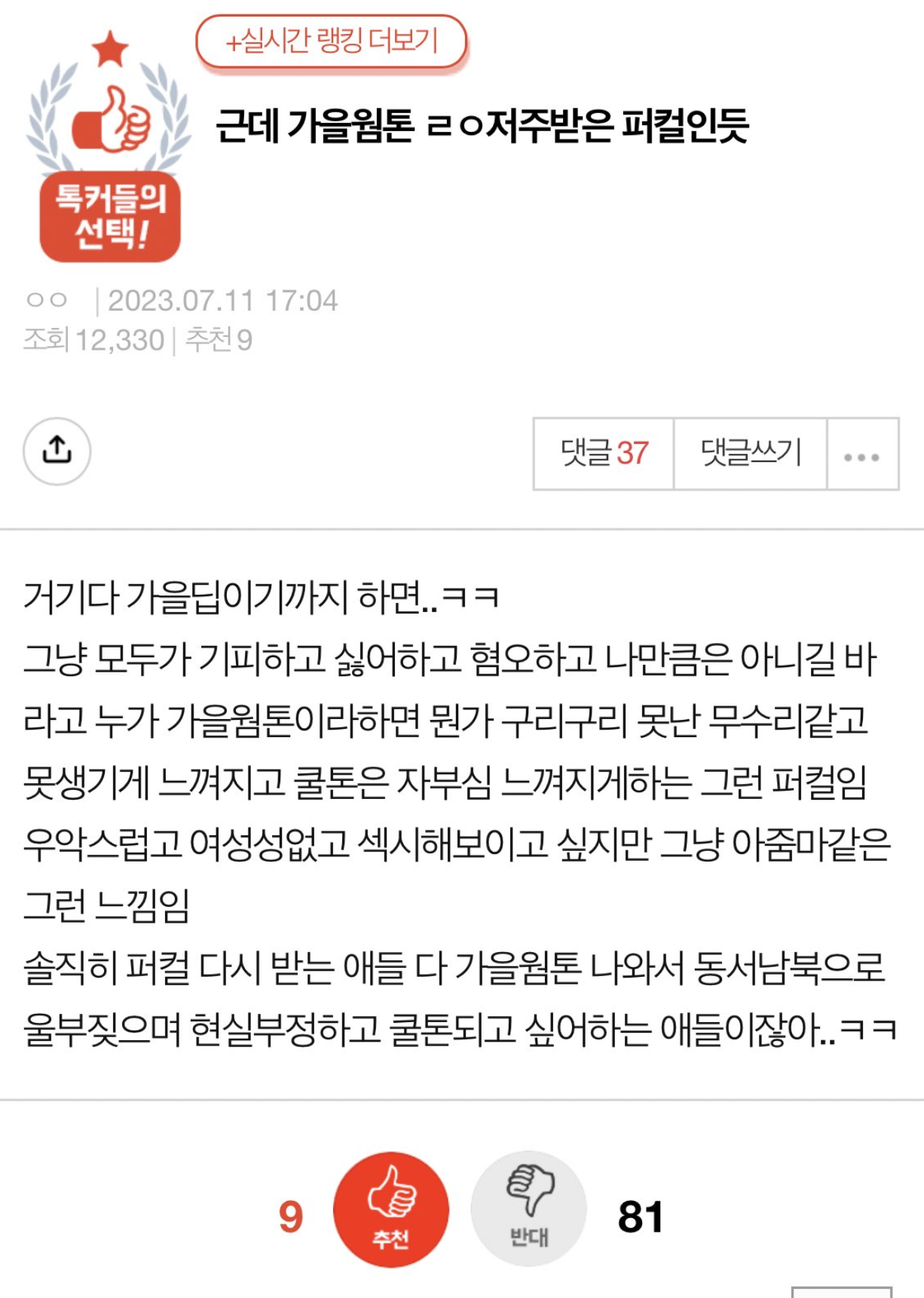
Personal color definitely has the potential to further the reach of the fashion industry when used in the right way, but only when all color palettes receive the appreciation they deserve. We should work to understand the beauty of diversity instead of dividing and ranking ourselves, whether we have summer cool or autumn warm skin.

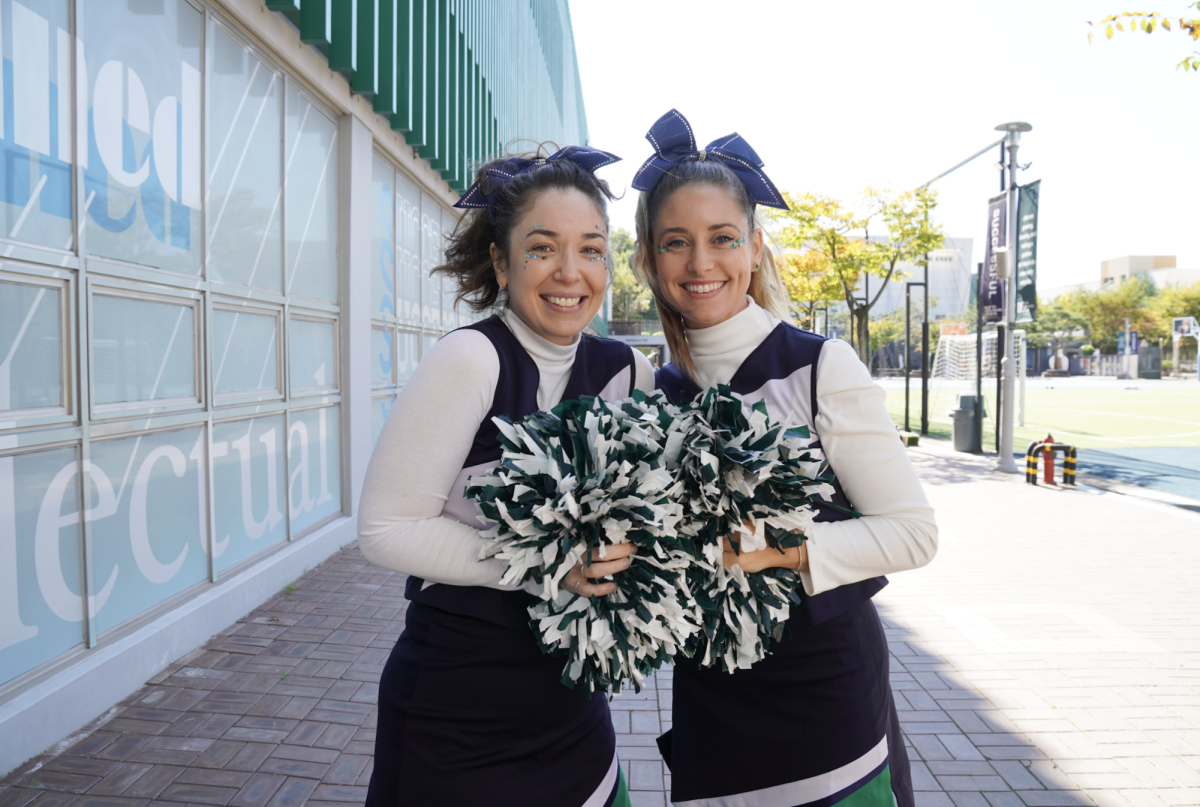
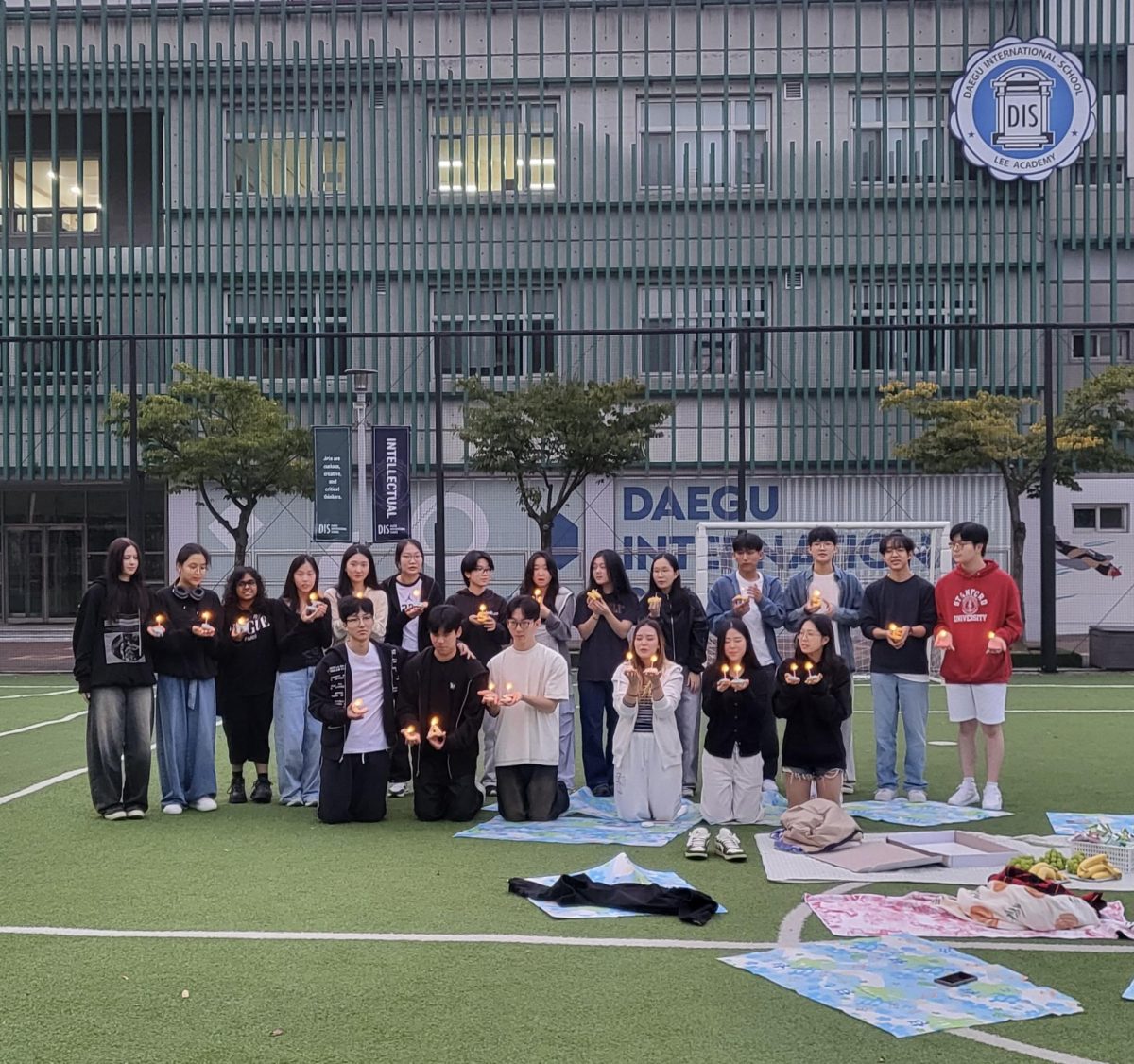

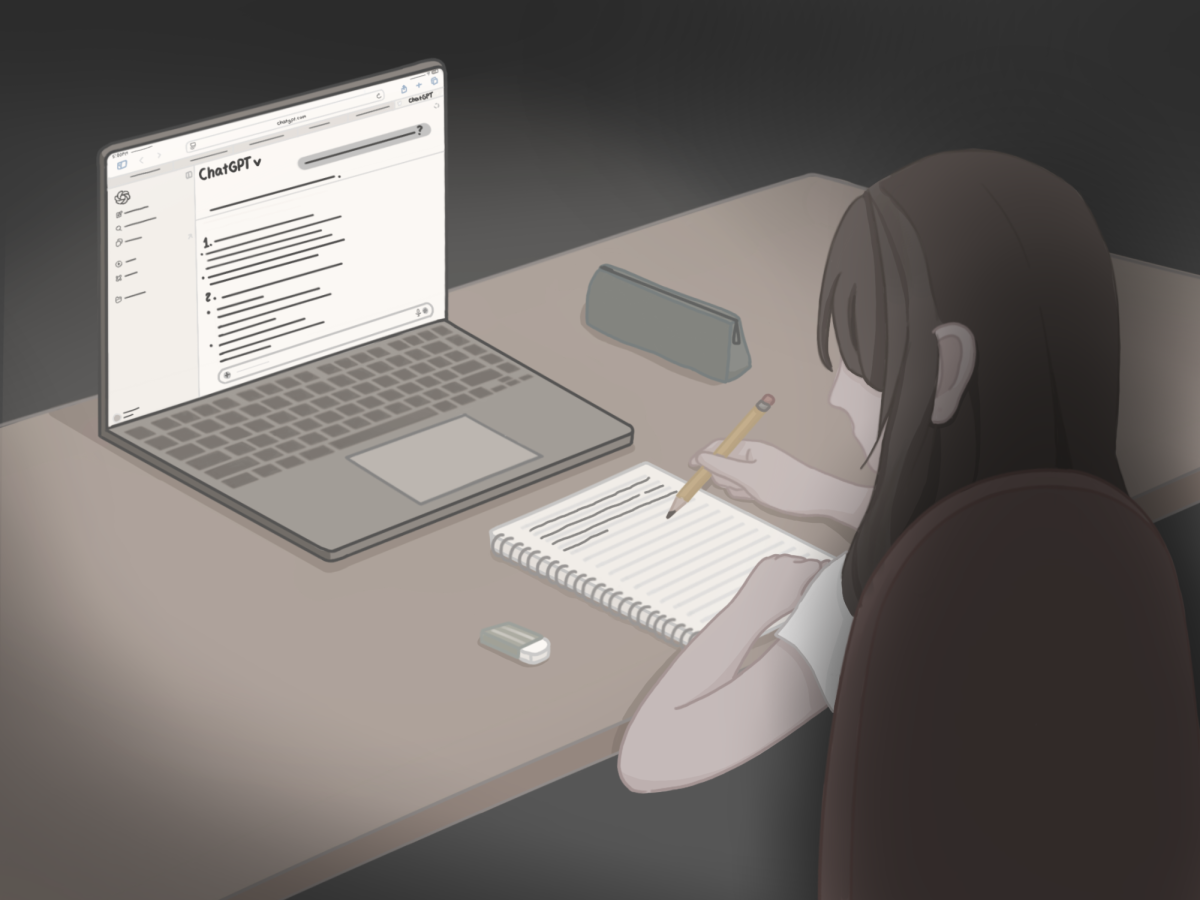

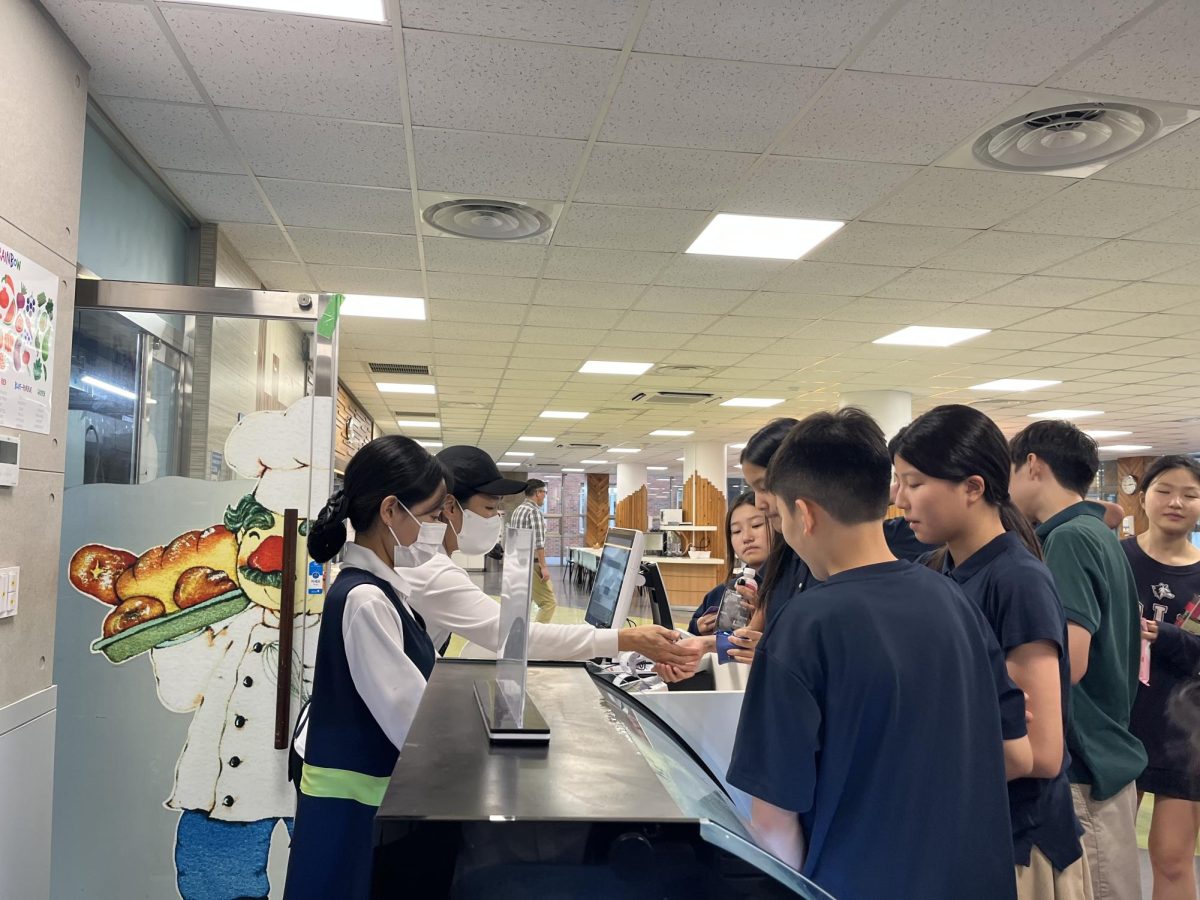
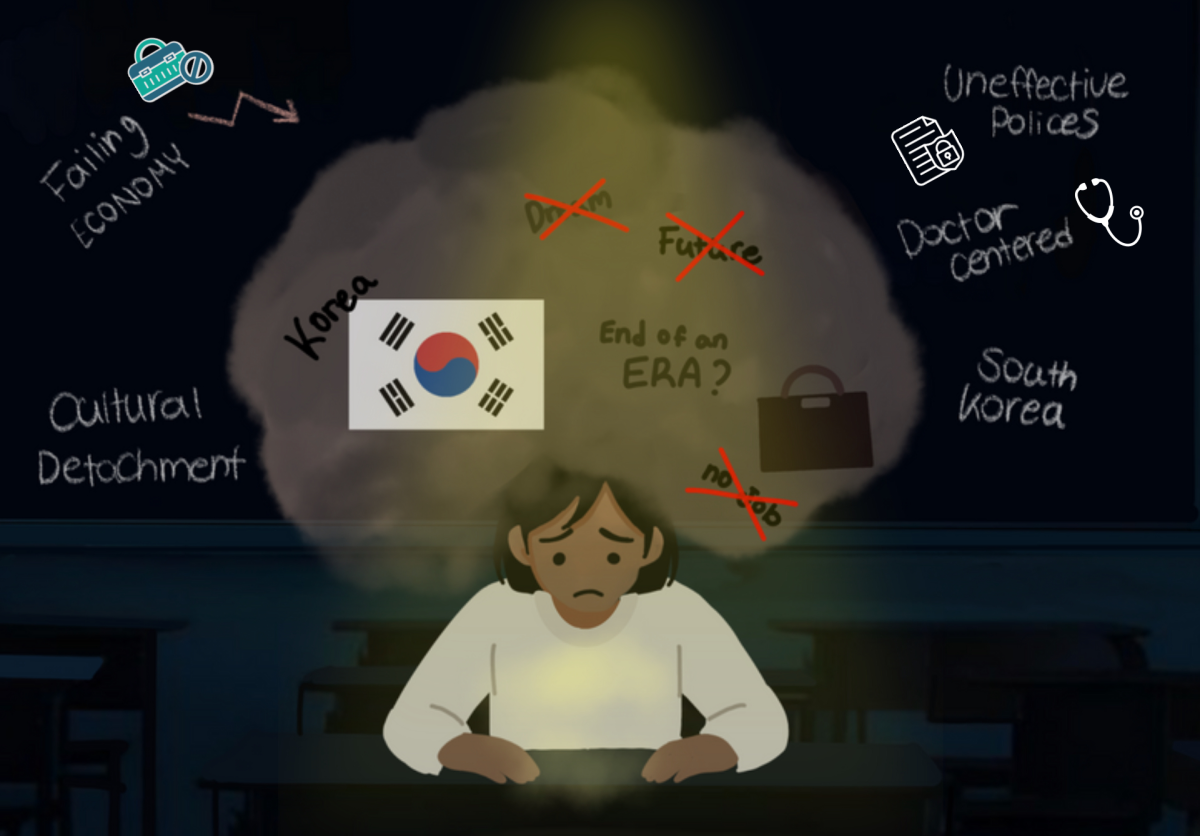
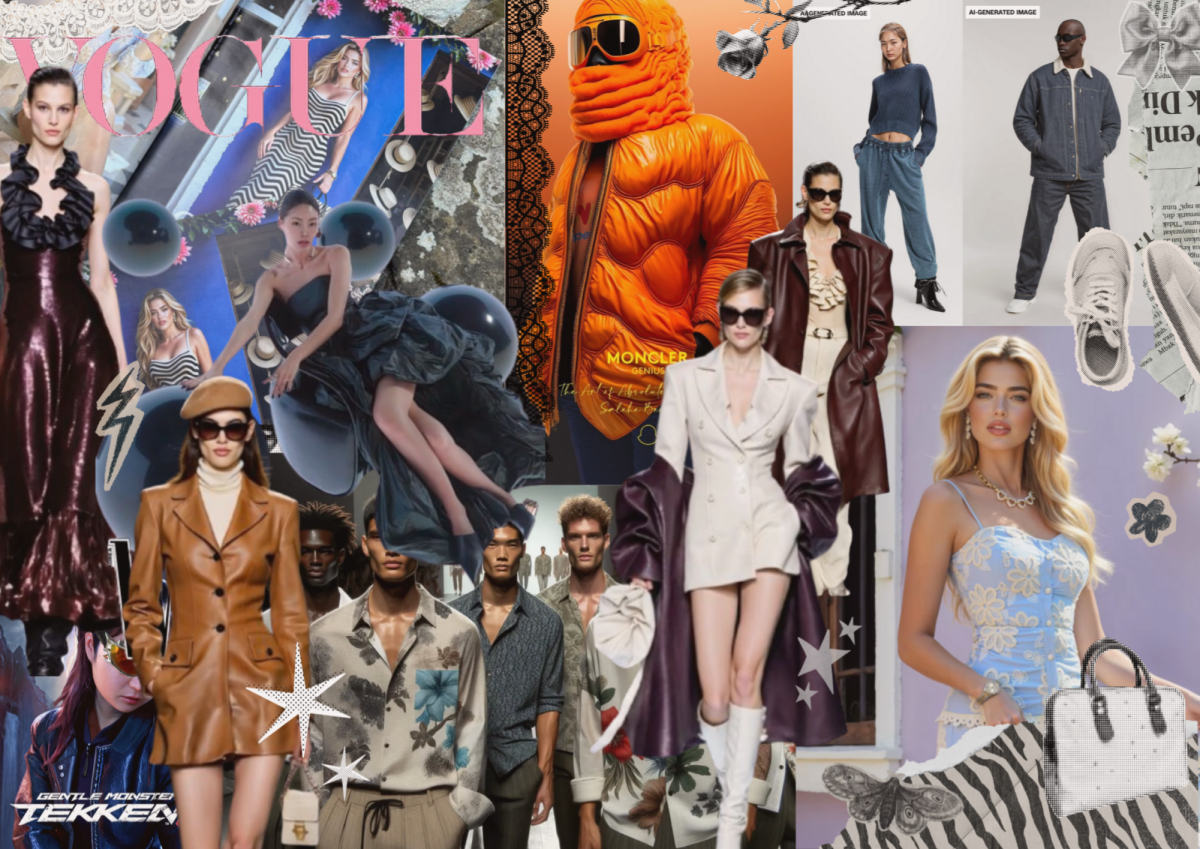

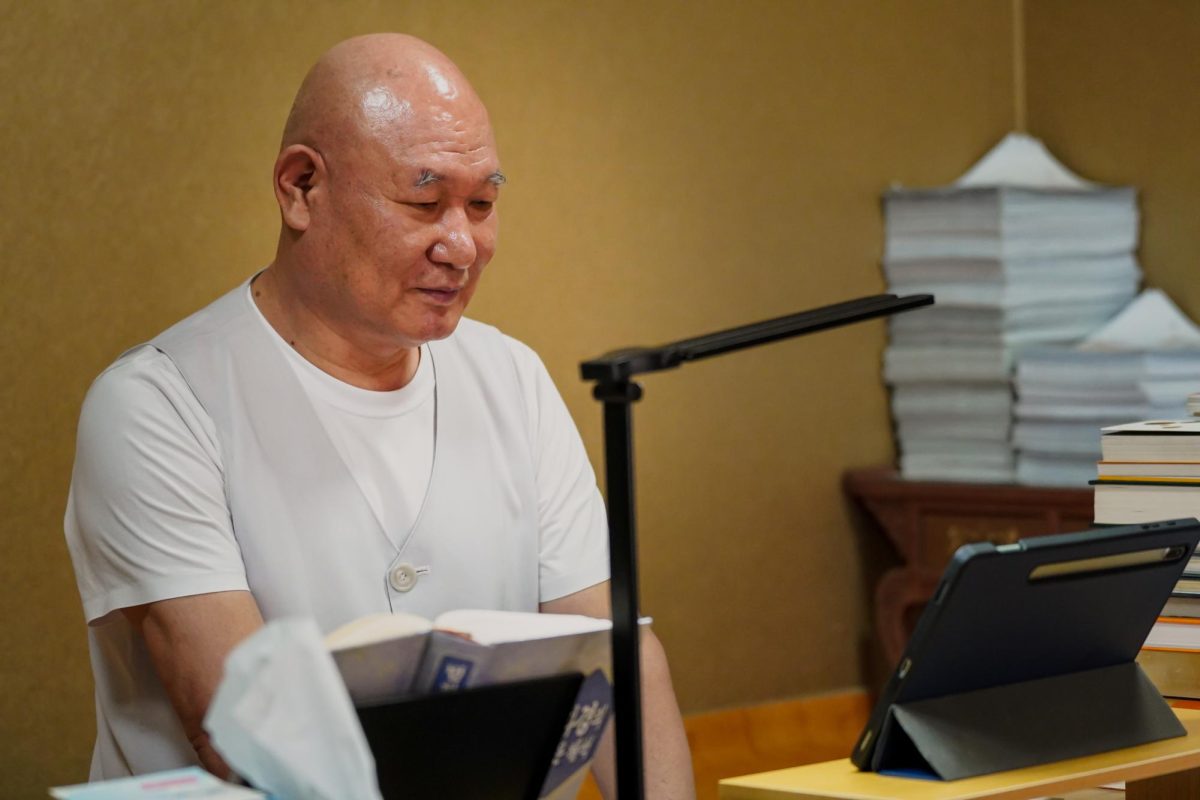
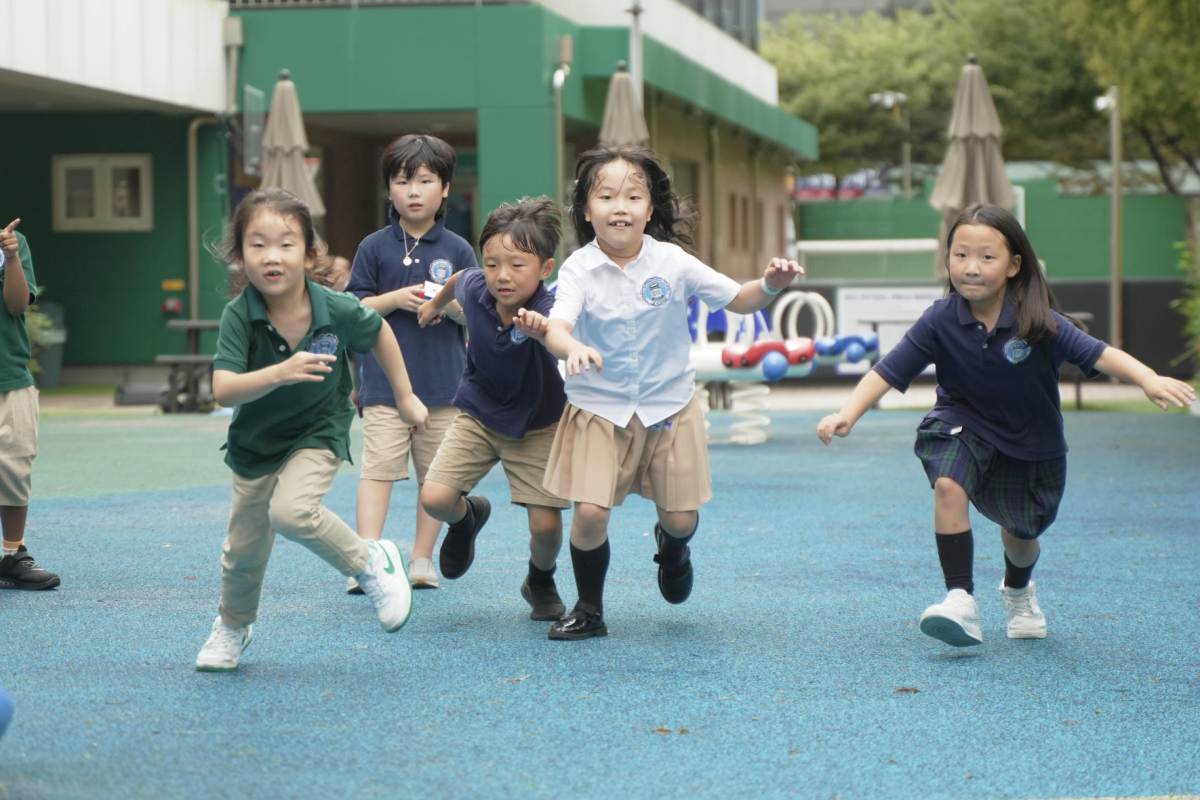


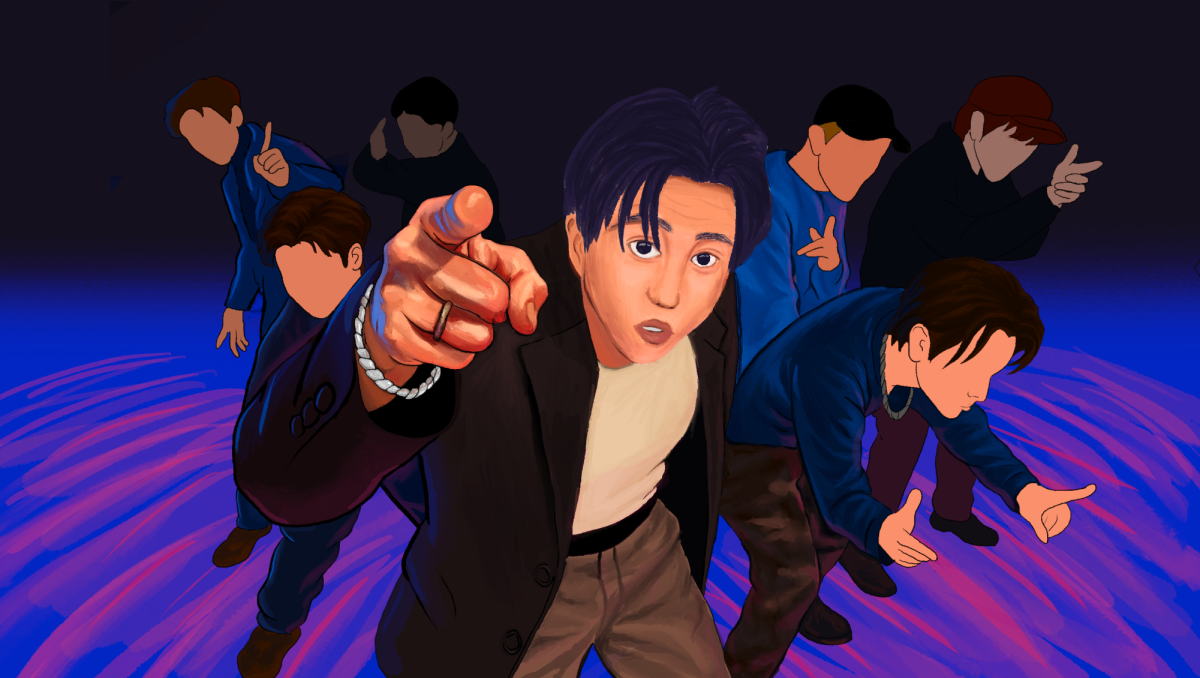
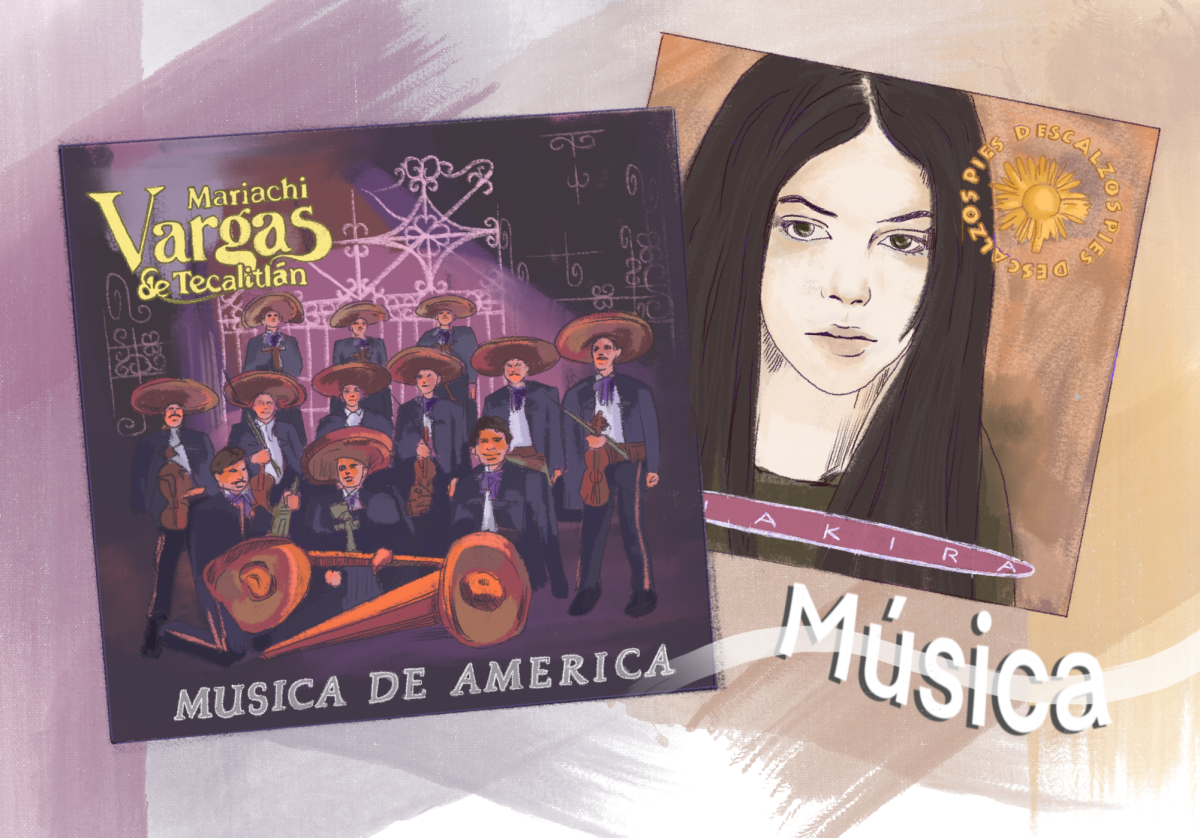

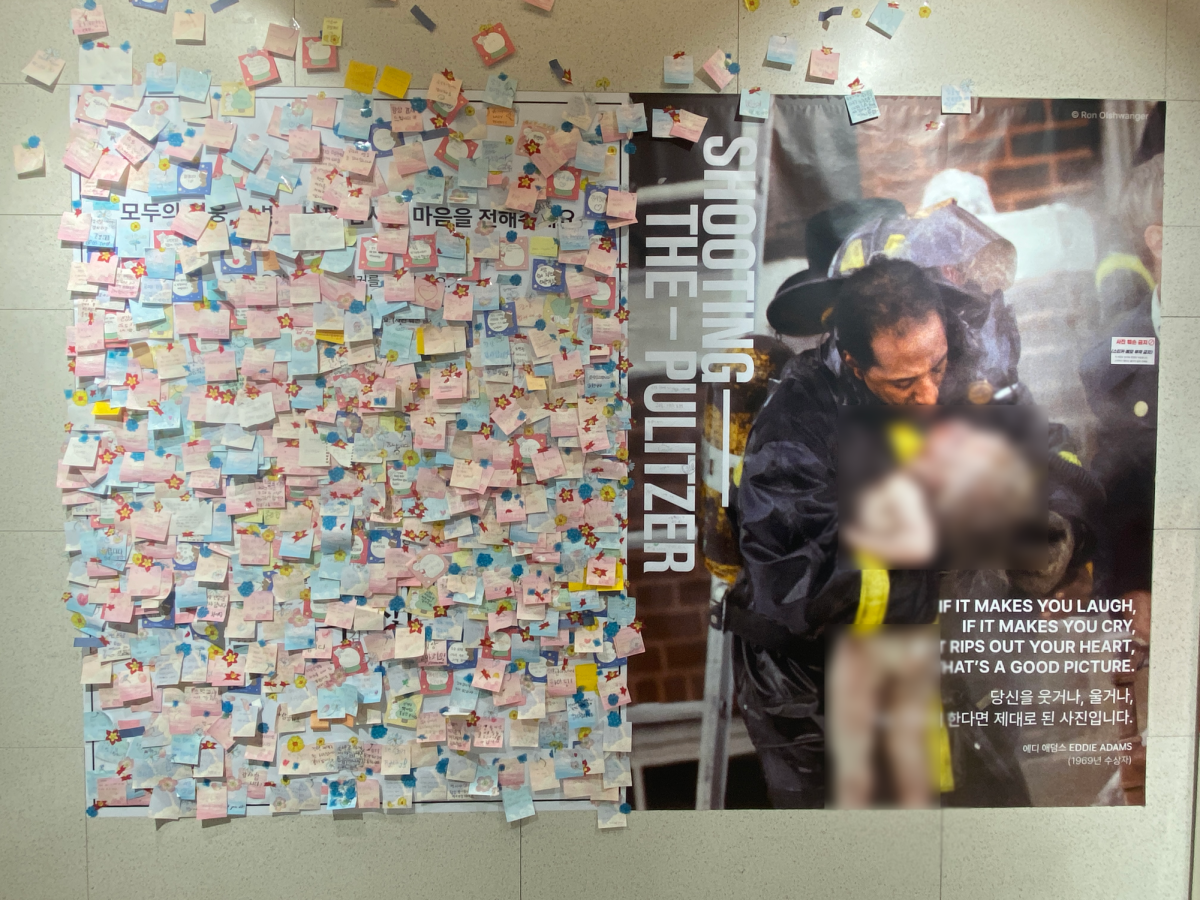
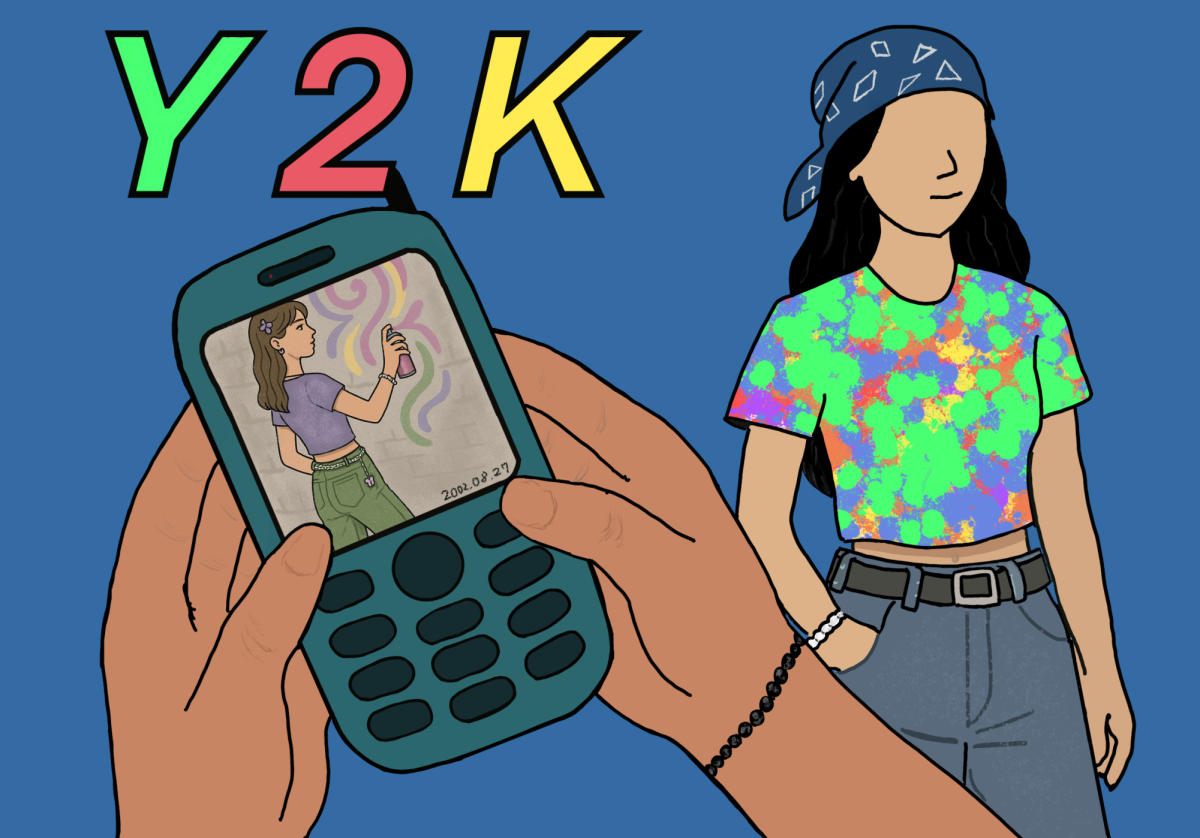
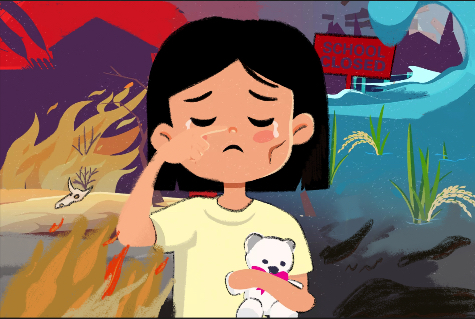

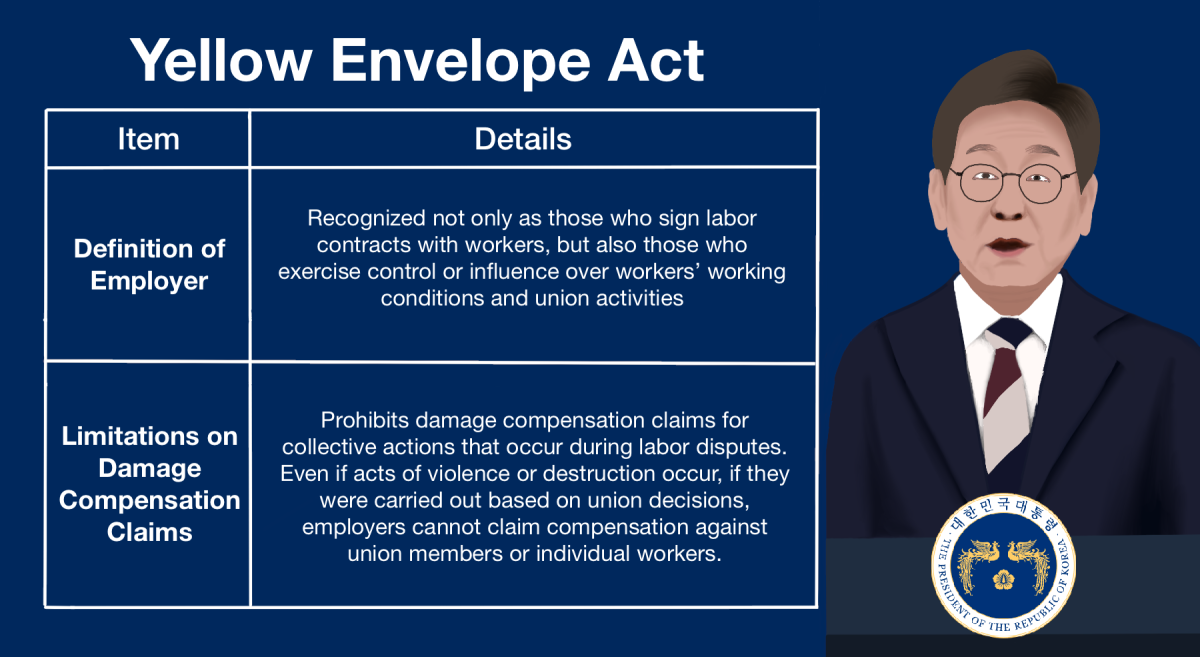


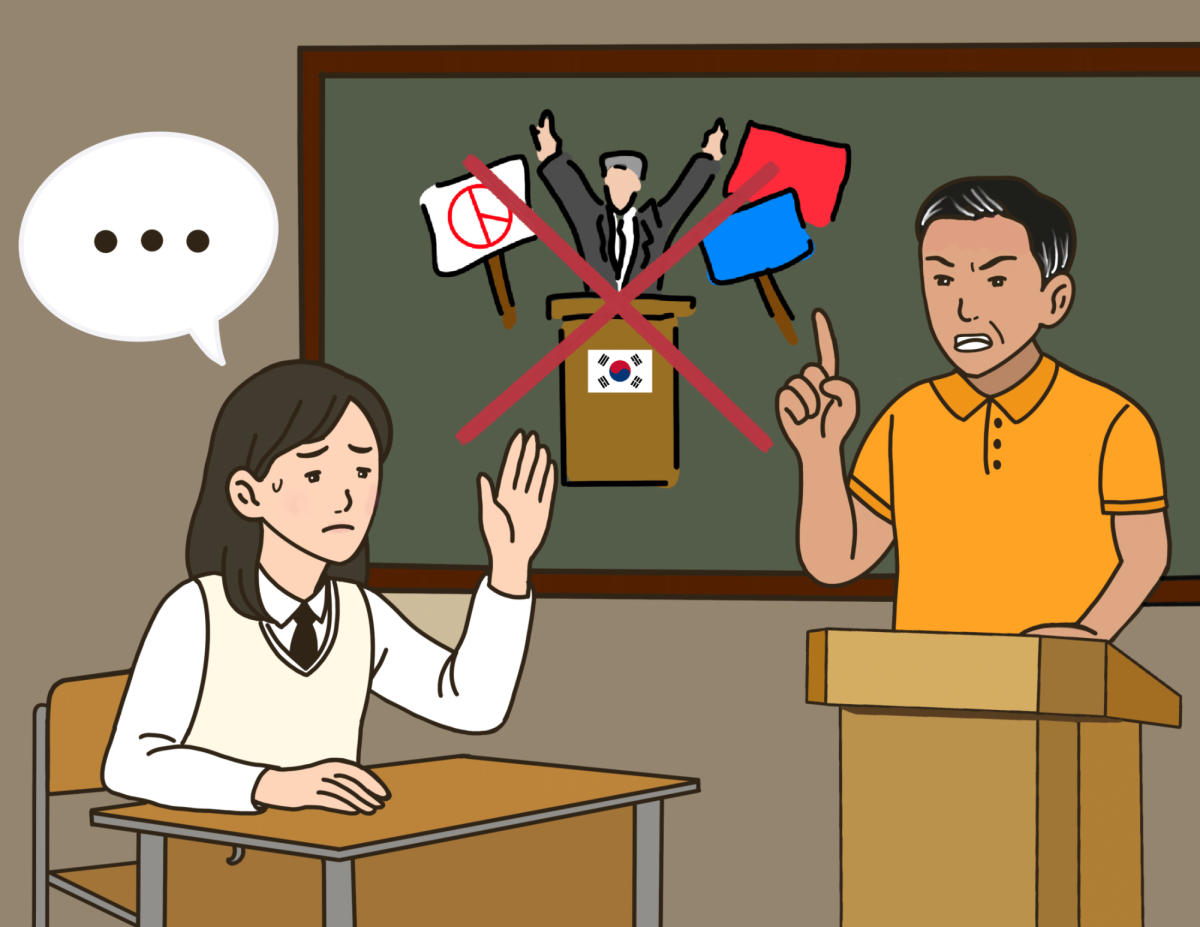



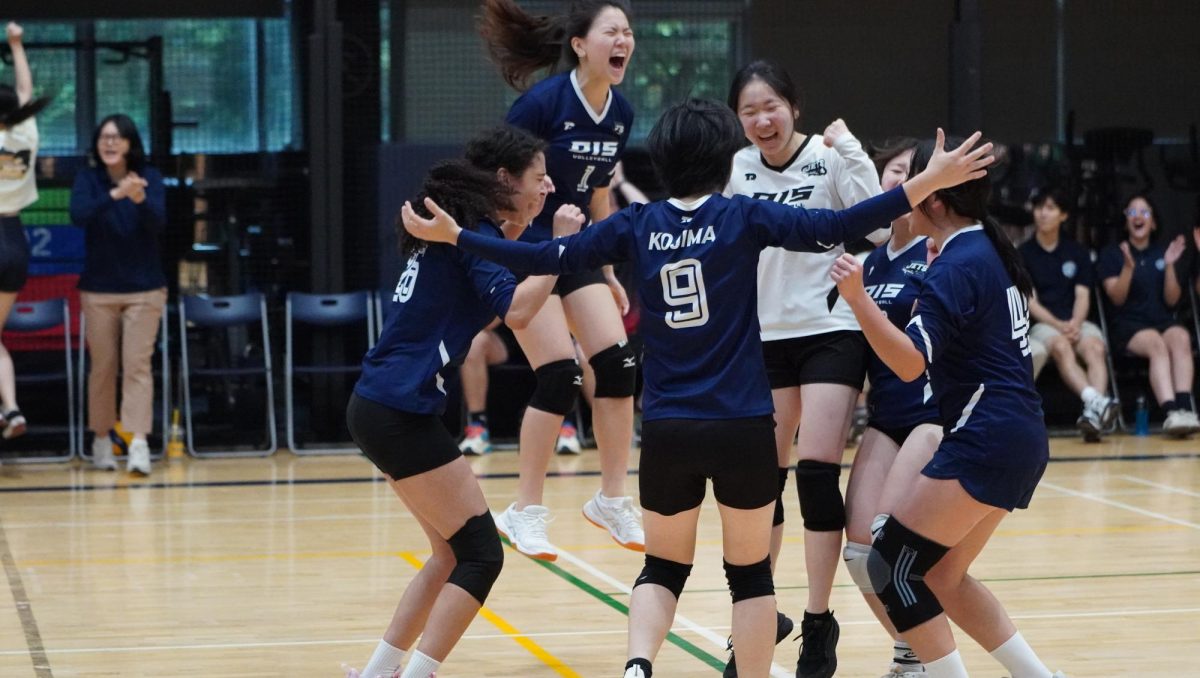
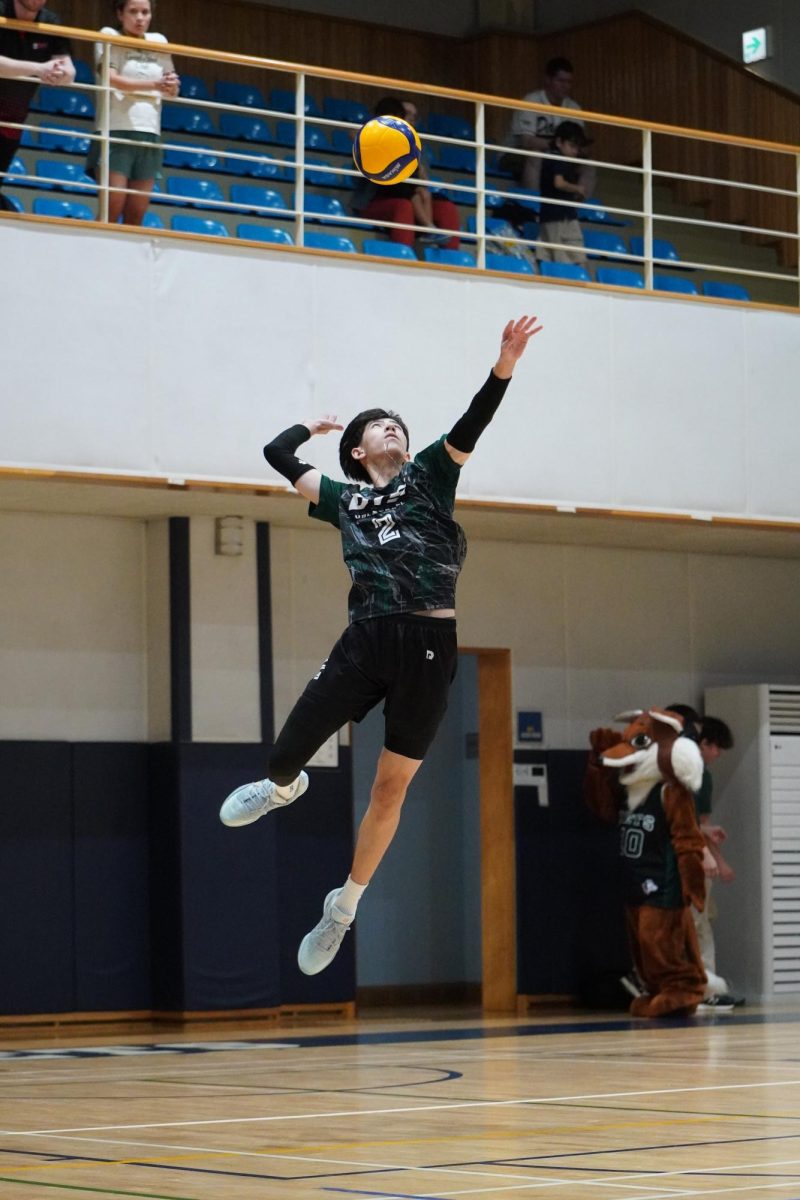





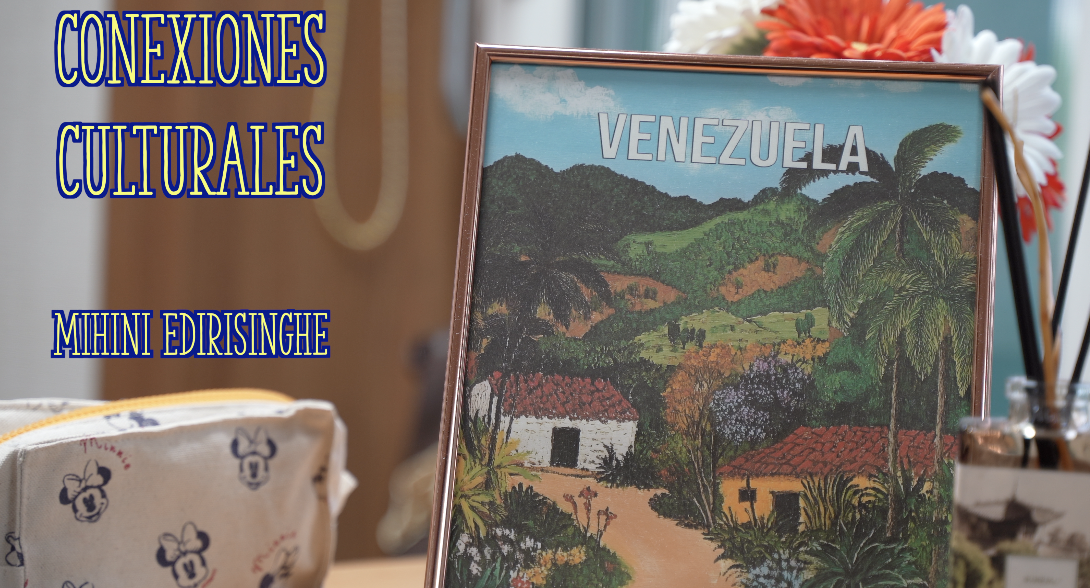
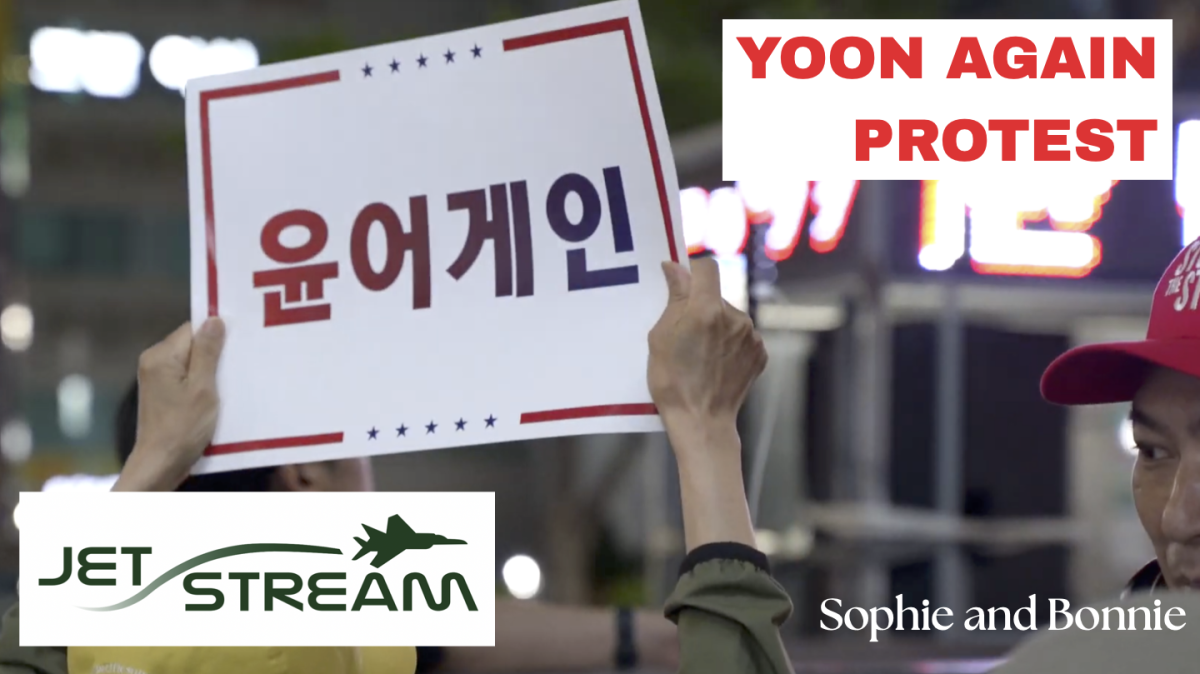

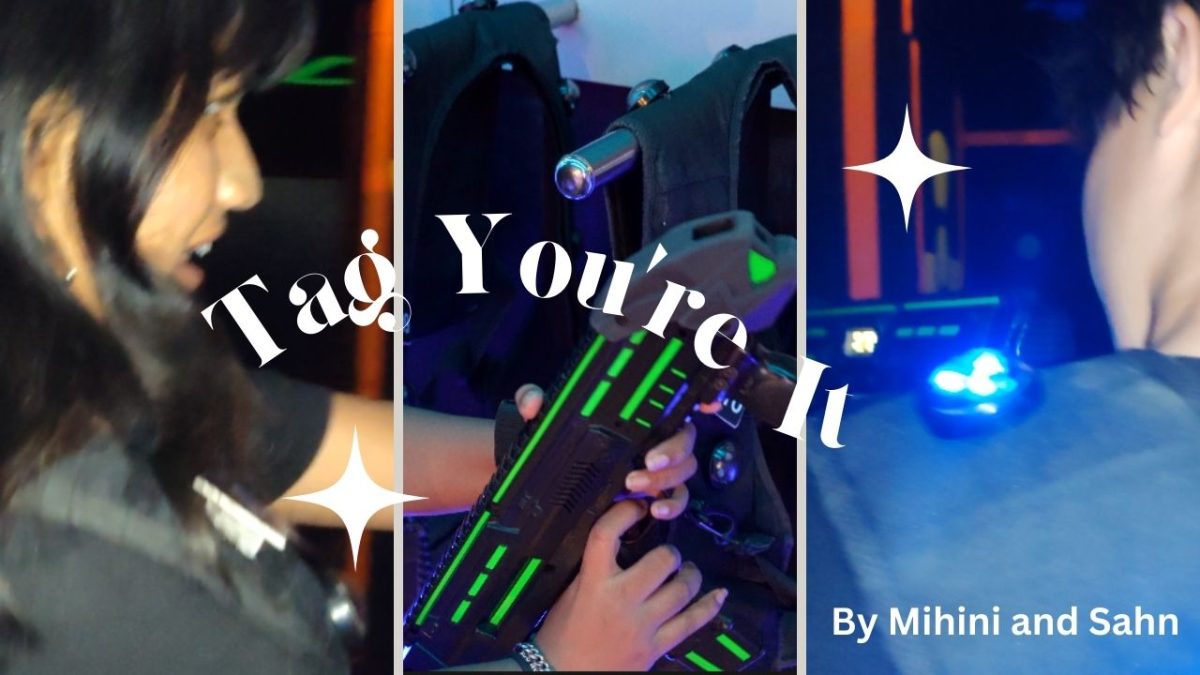
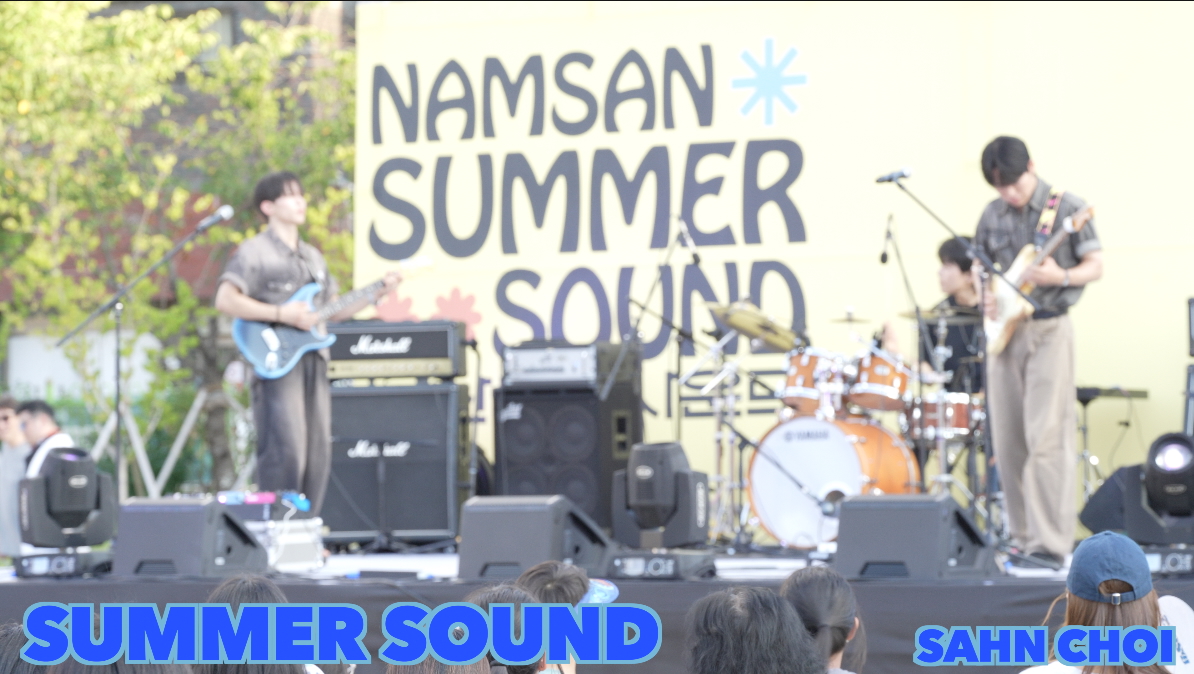




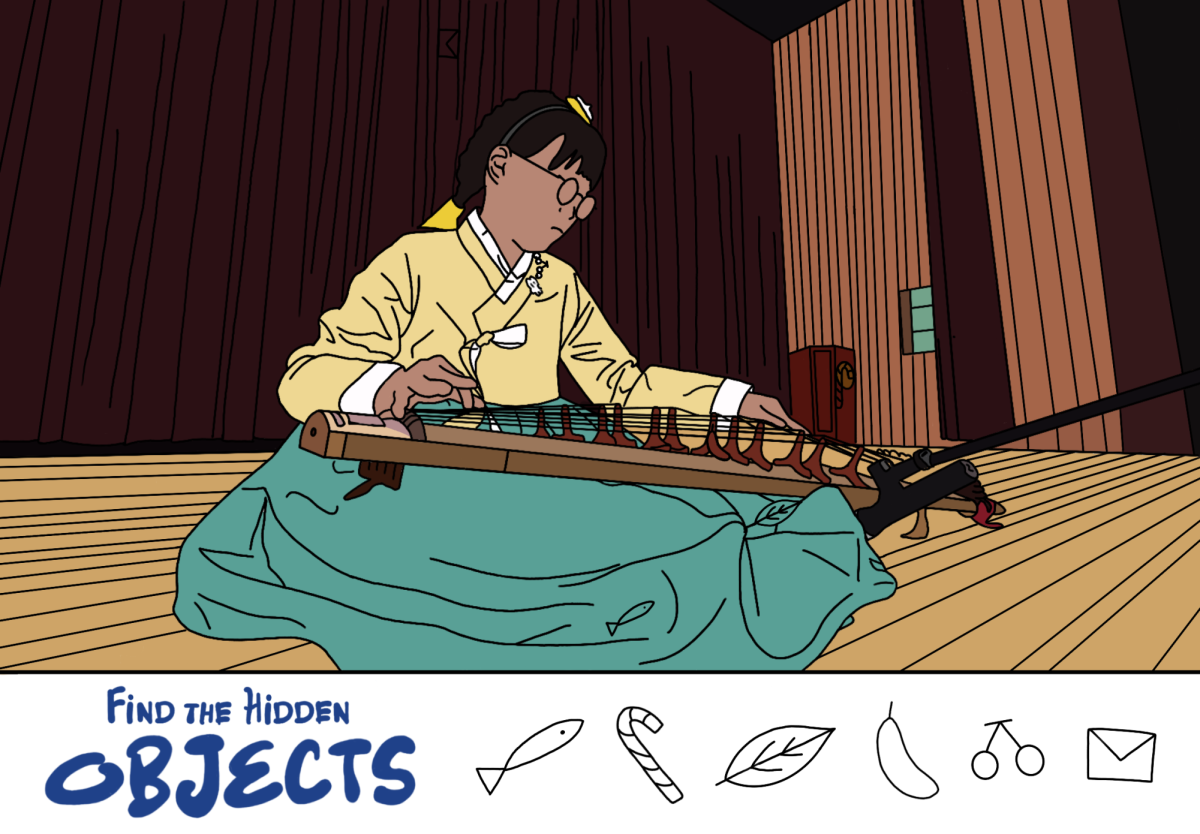
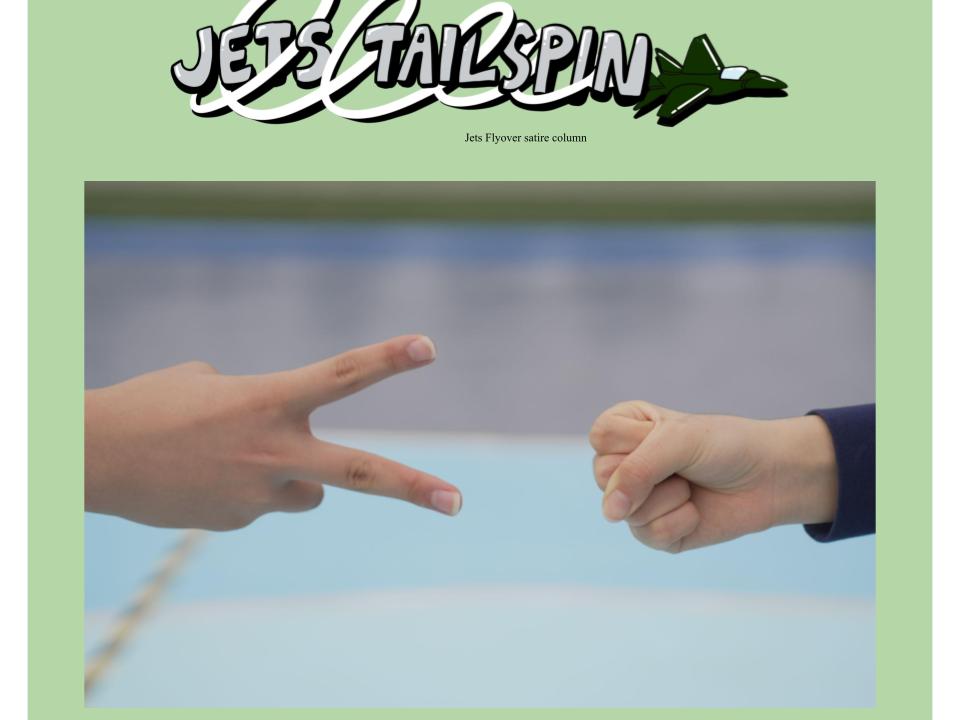
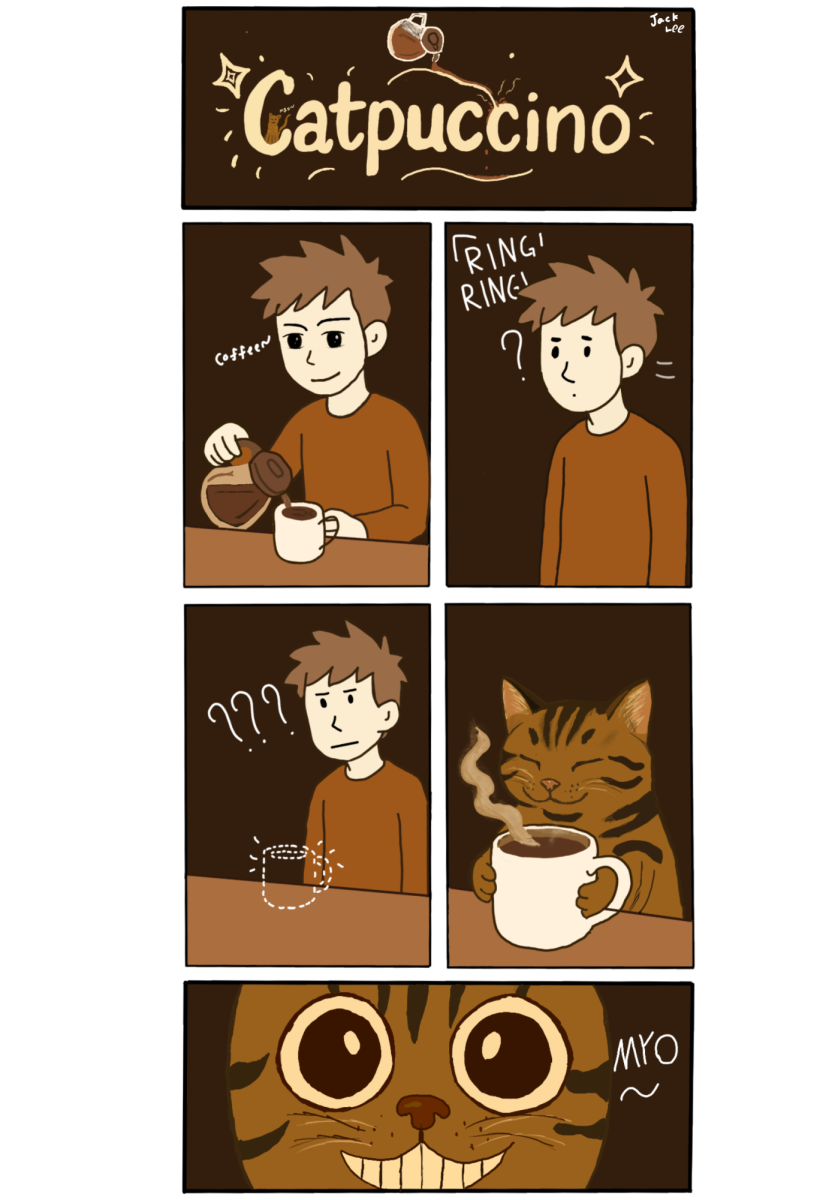

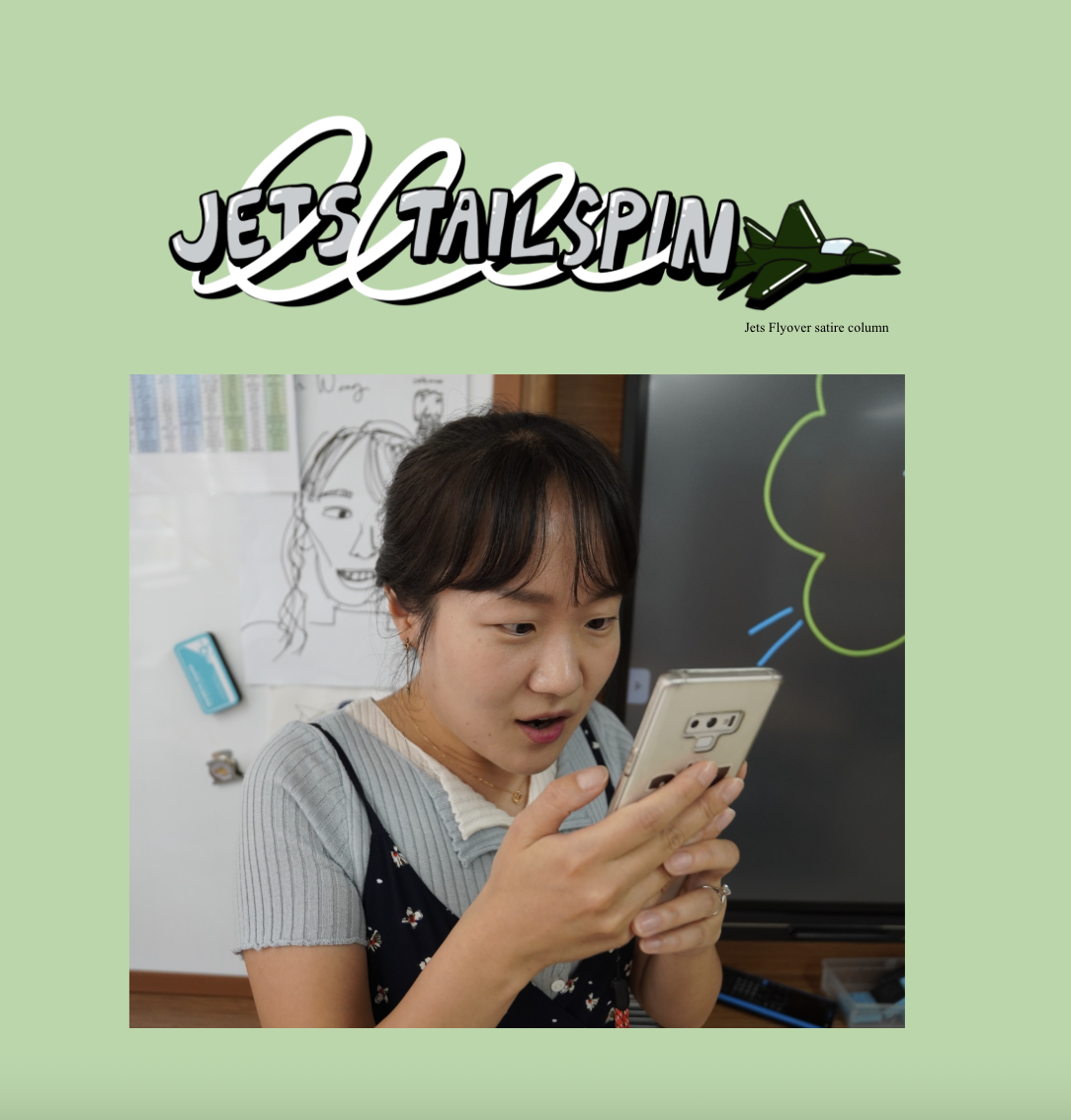
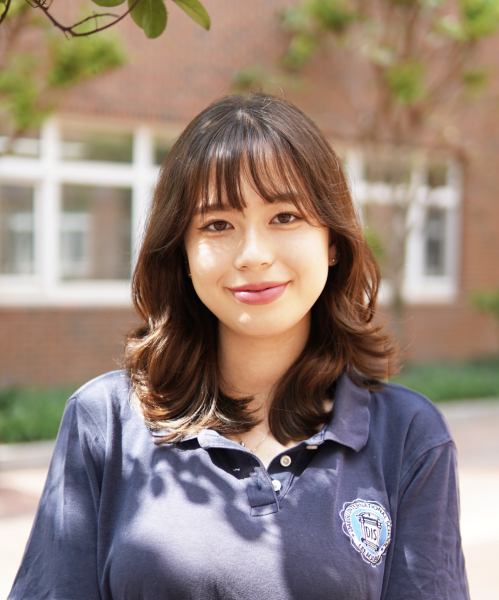
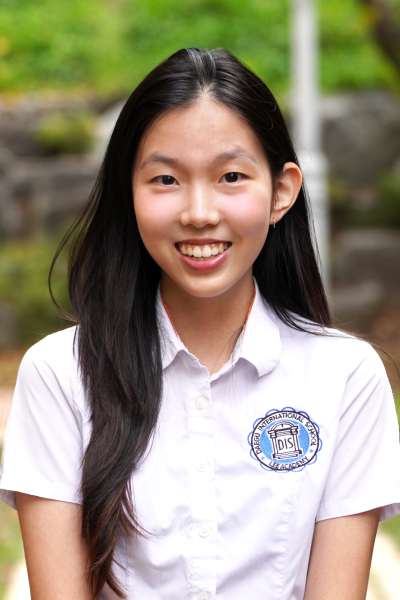
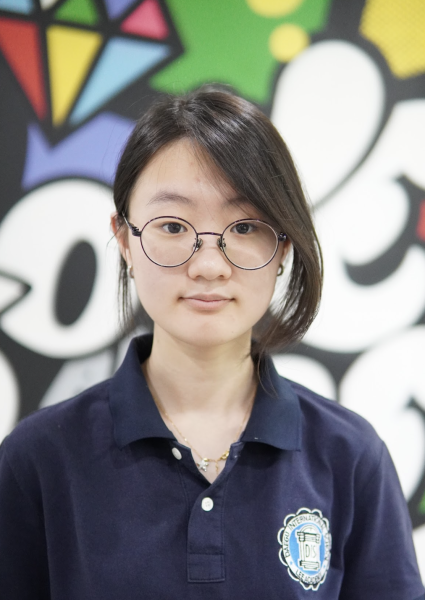
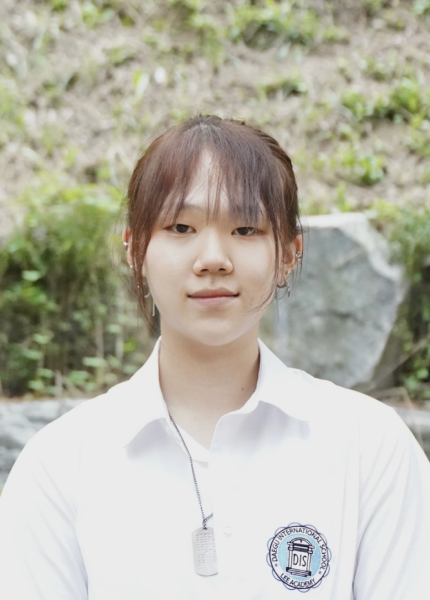
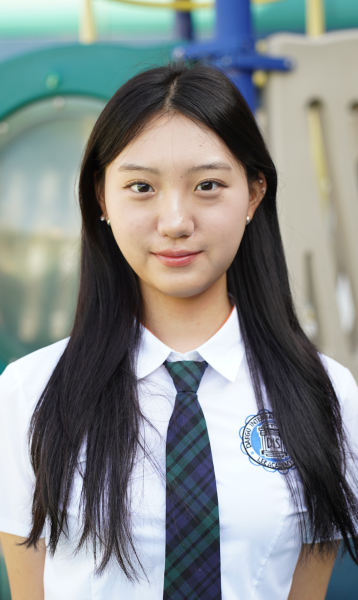

Ms. Morissette • Oct 27, 2023 at 1:51 am
I’ve seen this trend circulating lately, but I didn’t know about the biases and hierarchy in place. Your journalism always gets me thinking more about the complexities and connections of topics. I’ll be adding this one to our class mentor texts!
Jerome • Oct 26, 2023 at 8:05 pm
Interesting topic! This personal tone topic is completely new to me.
Christina • Oct 26, 2023 at 7:24 pm
I didn’t know anything about this! Good to know!